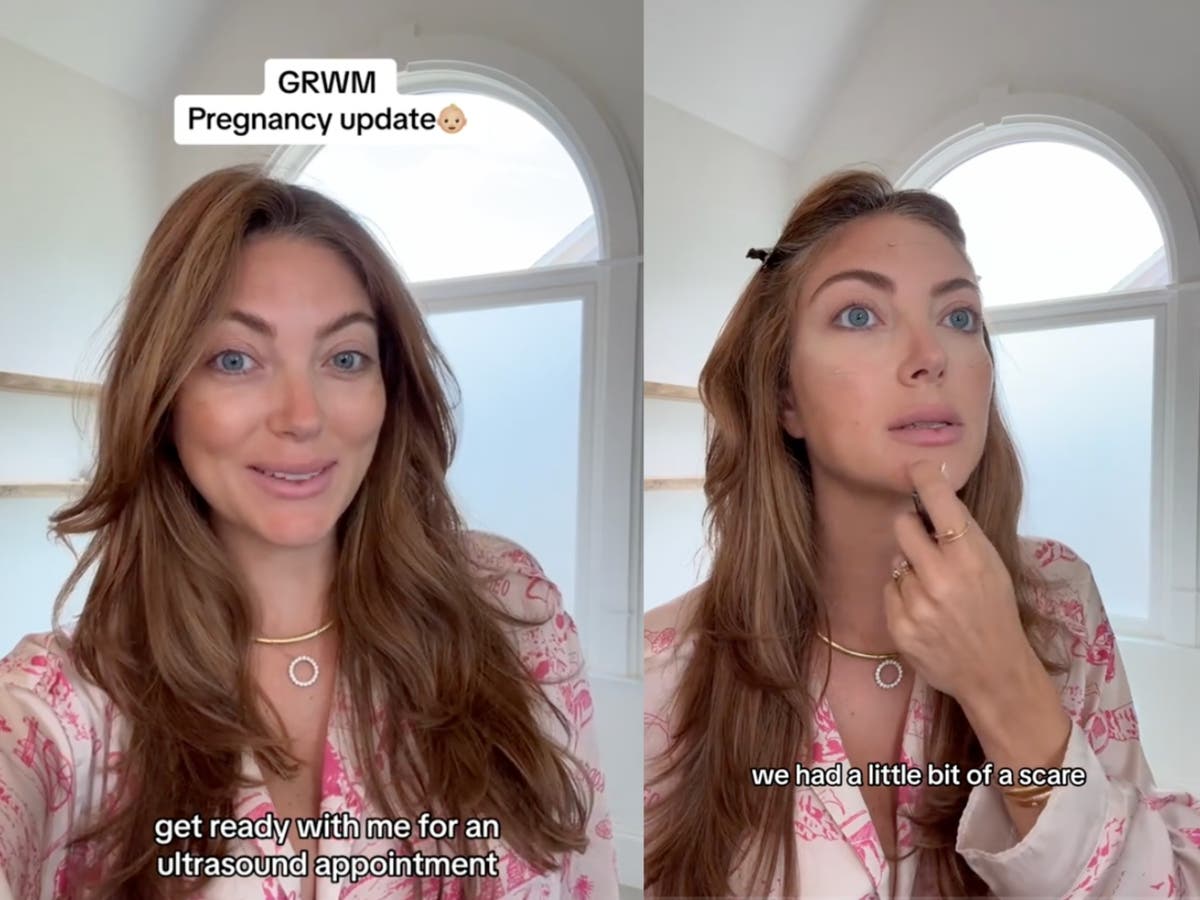Certain frequencies encourage the brain to produce certain brain waves, through a process called brainwave entrainment, which creates different states of mind and being.
Whether listening, playing instruments or composing, music therapy provides a unique and effective avenue to manage mental health issues, offering a relaxing and enriching experience for the mind and soul.
Music therapy harnesses the transformative power of music to relieve anxiety and improve mental health. By interacting with melodies, rhythms and harmonies, people can experience significant emotional and psychological benefits. This therapeutic approach is known to reduce stress, improve mood, and promote a sense of well-being. Whether listening, playing instruments or composing, music therapy offers a unique and effective avenue for managing mental health issues, offering a relaxing and enriching experience for the mind and soul.
“Listening to music is one of the most basic and accessible ways to heal any mental discomfort. The healing power of music is multifaceted and versatile, encompassing physical, emotional, cognitive and social dimensions of health and well-being. The therapeutic effects of music on mental health are widely recognized, making it a valuable tool for self-care and emotional well-being. Music-based interventions have been found to reduce symptoms of depression and reduce anxiety and stress levels. On a difficult day, listening to nature sounds like a gurgling stream or birds chirping can reduce stress and anxiety levels and calm frazzled nerves. People with learning difficulties often find music an easy way to communicate and express their emotions and feelings,” says Prakriti Poddar, Global Director of Mental Health and Wellbeing at Roundglass Living.
“Healing music is an important pillar of wellbeing for us at Roundglass Living. We have designed a wide selection of curated playlists that help you sleep better, reduce stress and anxiety and focus better,” says Prakriti, who is also an experienced sound healer.
The key to the healing power of music lies in the frequencies of sound. “Quantum physics has shown that everything has vibrations. And sound is nothing more than vibrations at a certain frequency. The practice of sound healing harnesses this power of sound and vibrations and combines it with intention (the most important aspect of healing) to raise the body's vibrational frequency, leading to healing, restoration and rejuvenation. of mind and body,” explains Prakriti.
Certain frequencies stimulate the brain to produce certain brain waves, through a process called brain wave synchronization, which creates different states of mind and being. For example, some frequencies can stimulate the parasympathetic nervous system (responsible for the body's state of rest and digestion), helping the body's organs and tissues to rest, heal and regenerate. Other frequencies can make us more alert and focused, improving our performance at work.
Expanding on the healing effects of music, Prakrit further says, “As a sound healer, I vouch for the beneficial effects of singing bowl meditation in reducing tension, anger, fatigue and depressed mood in people. Tibetan singing bowls produce sound in the frequency range of 200 to 400 Hertz, which when placed on emotional or physical blockages leads to deep relaxation and healing.”
The effectiveness of music in improving sleep is well established. “At Roundglass Living, we've curated several bedtime playlists that include classical compositions and stories set to music. “Music therapy has also been found to be helpful in reducing symptoms and improving overall functioning in people struggling with PTSD,” adds Prakriti.
Music can also generate greater empathy in us. “Because it stimulates the autonomic nervous system, which controls the heartbeat and feelings and emotions, music helps us feel more,” highlights Prakriti.












